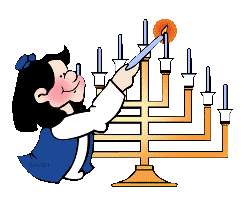
Each of the 4 Sundays of Advent remind us of those who prepared for the coming of Christ. Today we think of the Virgin Mary, a young girl who knowing that it could mean her death to be pregnant before marriage, quietly fully accepted the will of God for her life. Mary who bore Him in her womb and due to a Roman order, had to travel in her 3rd timester of pregnancy on a donkey. Mary who would not have her mother or women she knew helping when she gave birth for the first time. It must have been a frightening idea, yet she put her entire trust in God's ability to both do as the angel had foretold and to protect her life in the process. She needed that trust on the road to Bethlehem. Can we trust God enough to surrender to His will the way Mary did?
O Antiphon - O Oriens
A literal translation of the Latin yields "O Rising Sun", but the poetic "O Morning Star" or "O Dayspring" is often preferred.
O Morning Star,
splendour of light eternal and sun of righteousness:
Come and enlighten those who dwell in darkness and the shadow of death.

 Welcome
Welcome Calendar
Calendar Today's Word
Today's Word Lauds
Lauds Terce
Terce Sext
Sext None
None Vespers
Vespers Compline
Compline Matins
Matins
